Tadao Ando brings signature simplicity to the condo for his NYC debut
Tadao Ando’s seven-storey, seven-residence condominium 152 Elizabeth Street in Manhattan’s Nolita district is an intimate tower with an ‘urban shakkei’
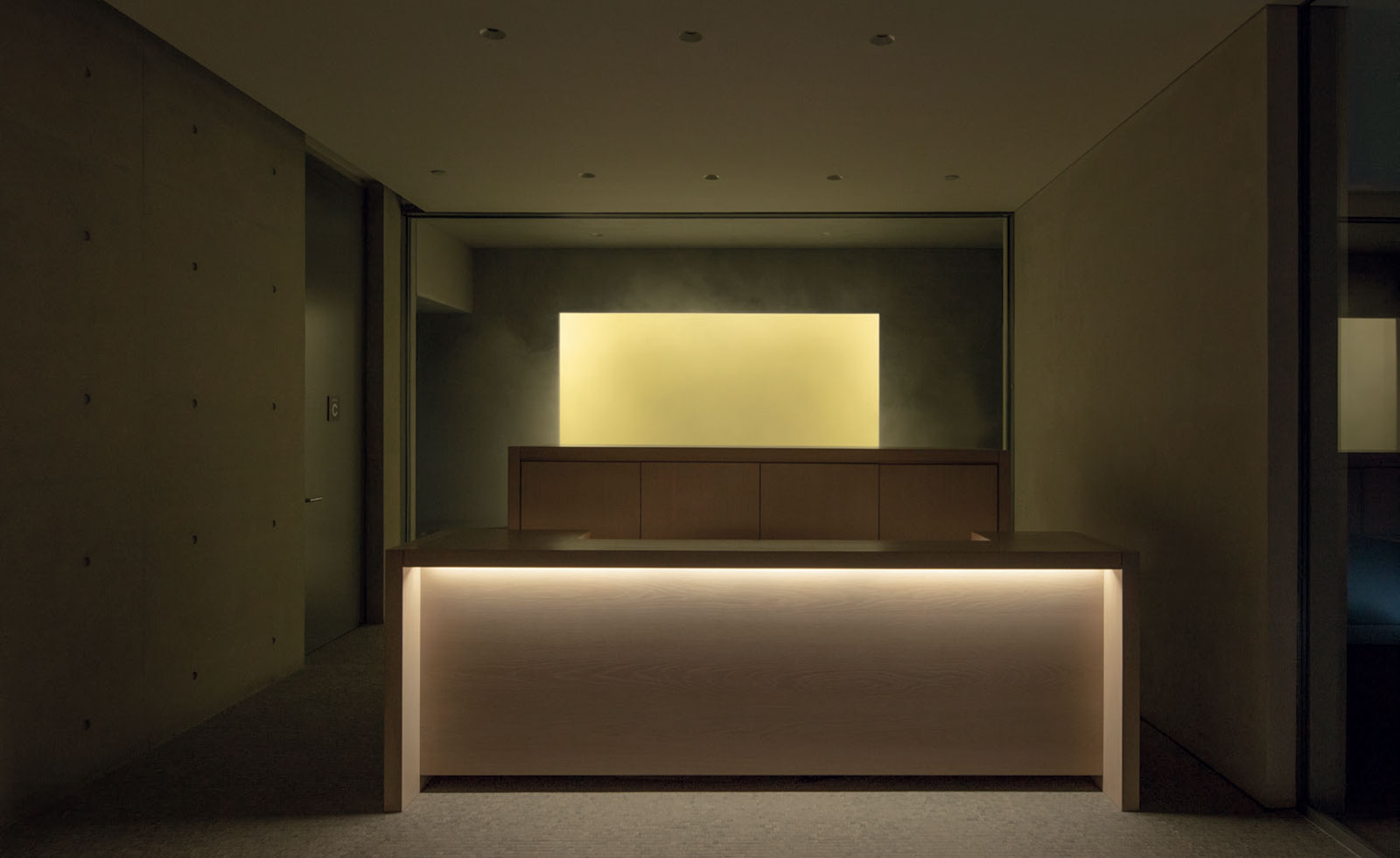
The architecture boom that has gripped New York City for the past several years has left many indelible marks on the city’s skyline. Buildings by almost every big-name architect jostle with each other for breathing room on Manhattan’s western waterfront, and designing a towering New York landmark is now de rigueur for a Pritzker Prize-winning architect. Yet for his first project in the Big Apple, Tadao Ando opted to create something on a significantly smaller scale.
The Japanese architect’s seven-storey, seven-residence condominium, 152 Elizabeth Street, stands on a busy thoroughfare in Manhattan’s Nolita district. Instigated by the development firm Sumaida + Khurana and located on the site of a former garage, the concrete-and-glass structure took more than two years to construct. The newly completed building’s succinct design seamlessly brings together several Ando signatures.
There are the grandiose bodies of poured-in-place concrete, elegantly detailed with circular formwork ties. Wide glass panels wrap the building on all sides and levels, producing an ethereal counterpoint to the stately concrete. These are brought together by beams of burnished metal, which form the structural skeleton of the building. A final exterior flourish, a green wall on the southern façade, brings a dash of nature to the built-up urban landscape.
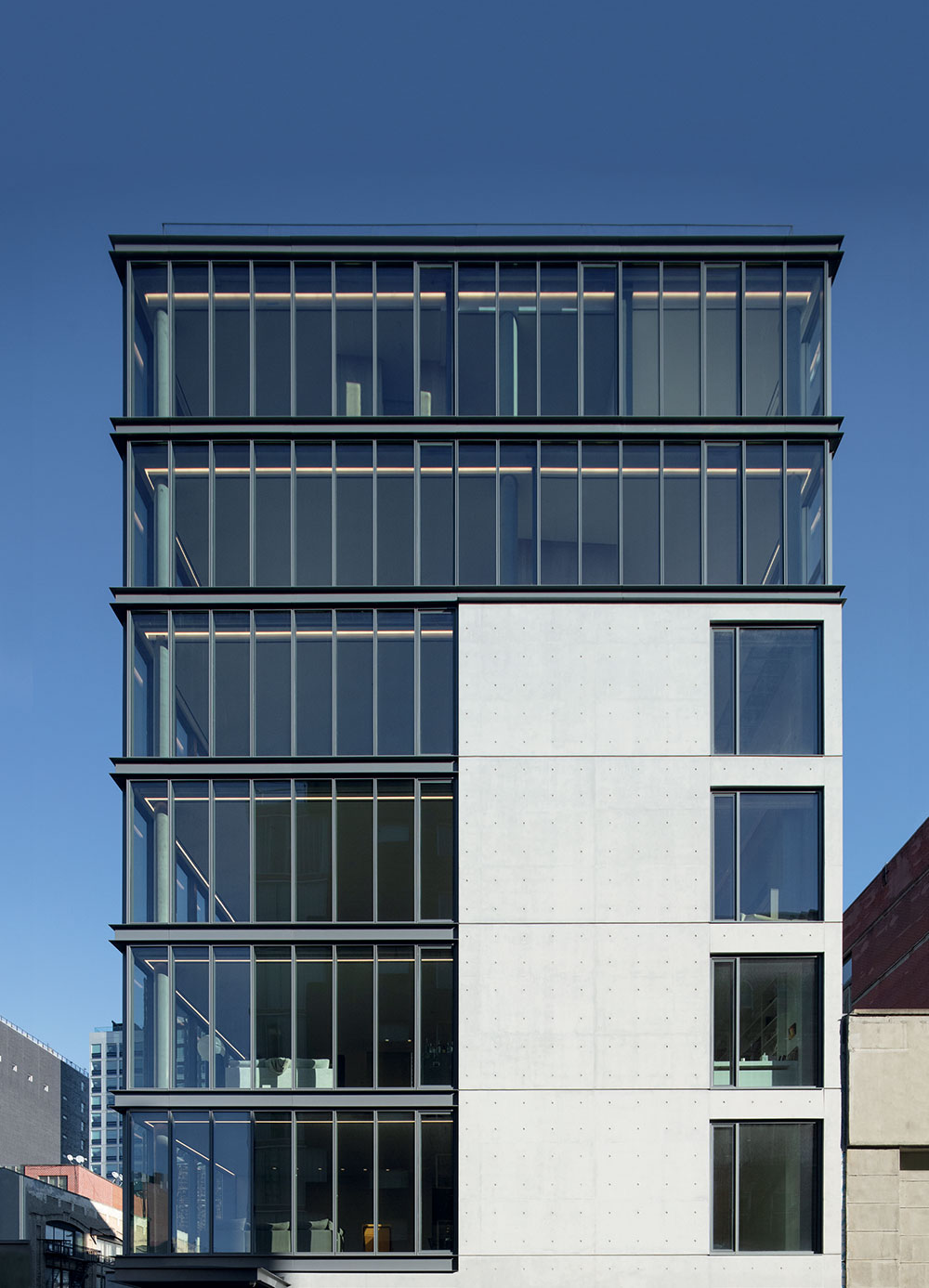
The side façade features Ando’s trademark poured-in-place concrete panels, adorned with the evenly spaced holes left by Formwork. Floor-to-ceiling windows, outlined in slim mullion frames, and fitted with airport-quality glass, block outside noise.
‘I wanted to use traditional building materials of this century – concrete, glass and metal,’ explains Ando. ‘I tried to make something unique with commonly found materials, a building that did not overpower the characteristics of surrounding buildings. I imagined a quiet place, where you could retreat from the hectic pace of urban life and be greeted by the sound of a water wall and a calmness once you enter the building.
For Ando, this meant incorporating echoes of earlier projects. At the entrance, a fog installation, a collaboration with Gabellini Sheppard Associates, adds an ephemeral mist – a reference to the public work, Silence, he created with Blair Associates at Carlos Place in London. Inside, a water wall flanks one side of the lobby, while a light slot, similar to the glass lengths Ando created for the Church of Light in Osaka, allows natural light to peek through. ‘The lobby was really thought of as a cocoon,’ says Sumaida + Khurana’s co-founder Amit Khurana, ‘a spatial experience.’
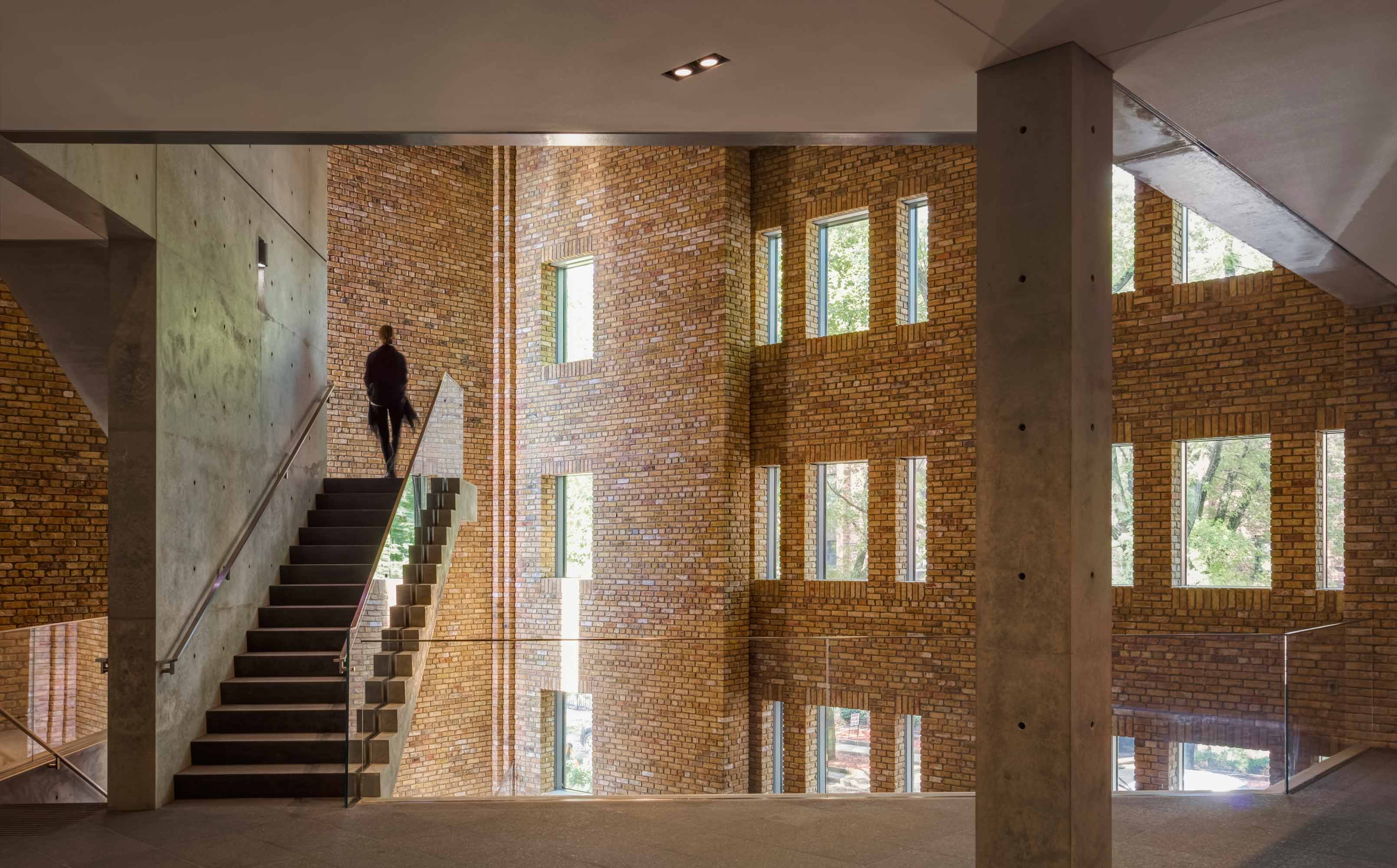
This same sensitivity continues into the apartments above, with interiors designed by Michael Gabellini of Gabellini Sheppard Associates. From the sharply cut-out reveals that outline the architectural features, imbuing a feeling of suspension, to the Dinesen oak floorboards and monolithic kitchen islands, there is no lack of showstoppers here. As a backdrop to all this, each of the expansive windows showcases a view of the city around it.
‘In traditional Japanese architecture, shakkei [incorporating the background landscape in a design] is often used as a way of framing nature and creating a permeable boundary between interior and exterior,’ says Ando. ‘New York seemed to be the perfect location for an urban shakkei.’
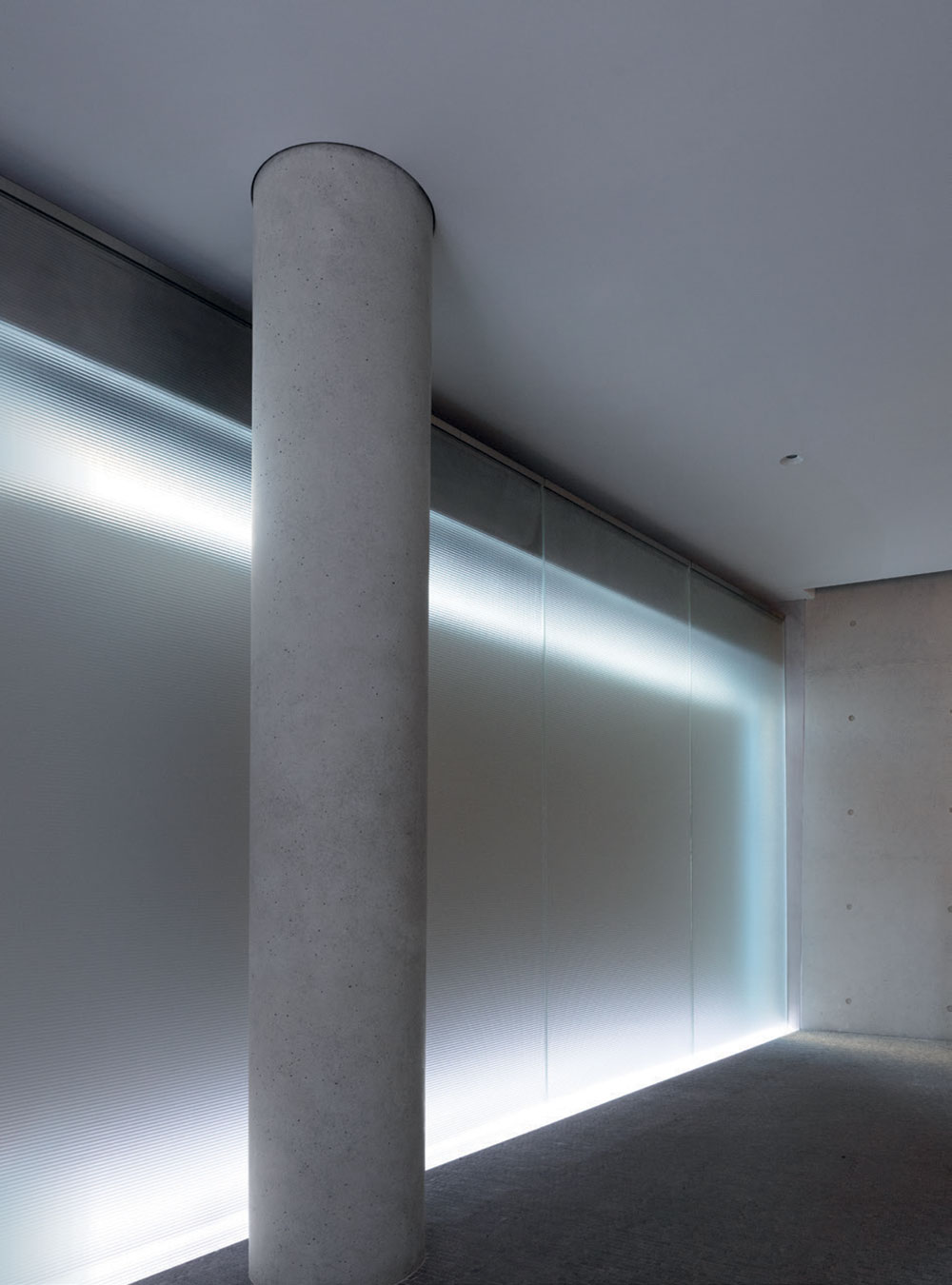
The entrance lobby also features a section of the water wall in the vestibule, grey granite mosaic floors and custom lighting by Cooley Monato.
Witnessing Ando’s deft hand at this intimate scale is what makes the project memorable. For Khurana and his business partner Saif Sumaida, who are committed to working with their favourite architects, especially if they have yet to build in New York, it is all part of creating a new paradigm in real-estate development. The firm is currently developing Álvaro Siza’s first tower in New York on West 56th Street with the real-estate firm Leny.
At 152 Elizabeth Street, says Sumaida, ‘we had a hand in the original vision and the actual construction, so our role was very fulfilling’. It was the firm’s deep understanding of architecture that ultimately won Ando over. ‘I told him we wanted to build something that is not about marketing,’ Khurana recalls. ‘We wanted it to be about pure design.’
‘I was intrigued because the project site and its scale were just right, and rather opposite of the extreme skyscraper building rush taking place in New York,’ says Ando, adding that the project also reflects a key design philosophy: ‘I believe understanding and designing a house or an apartment is the core of architectural design. Without privacy, there is no public.’ §
As originally featured in the January 2019 issue of Wallpaper* (W*238)
INFORMATION
For more information, visit the Tadao Ando website and the 152 Elizabeth Street website
Receive our daily digest of inspiration, escapism and design stories from around the world direct to your inbox.
Pei-Ru Keh is a former US Editor at Wallpaper*. Born and raised in Singapore, she has been a New Yorker since 2013. Pei-Ru held various titles at Wallpaper* between 2007 and 2023. She reports on design, tech, art, architecture, fashion, beauty and lifestyle happenings in the United States, both in print and digitally. Pei-Ru took a key role in championing diversity and representation within Wallpaper's content pillars, actively seeking out stories that reflect a wide range of perspectives. She lives in Brooklyn with her husband and two children, and is currently learning how to drive.
-
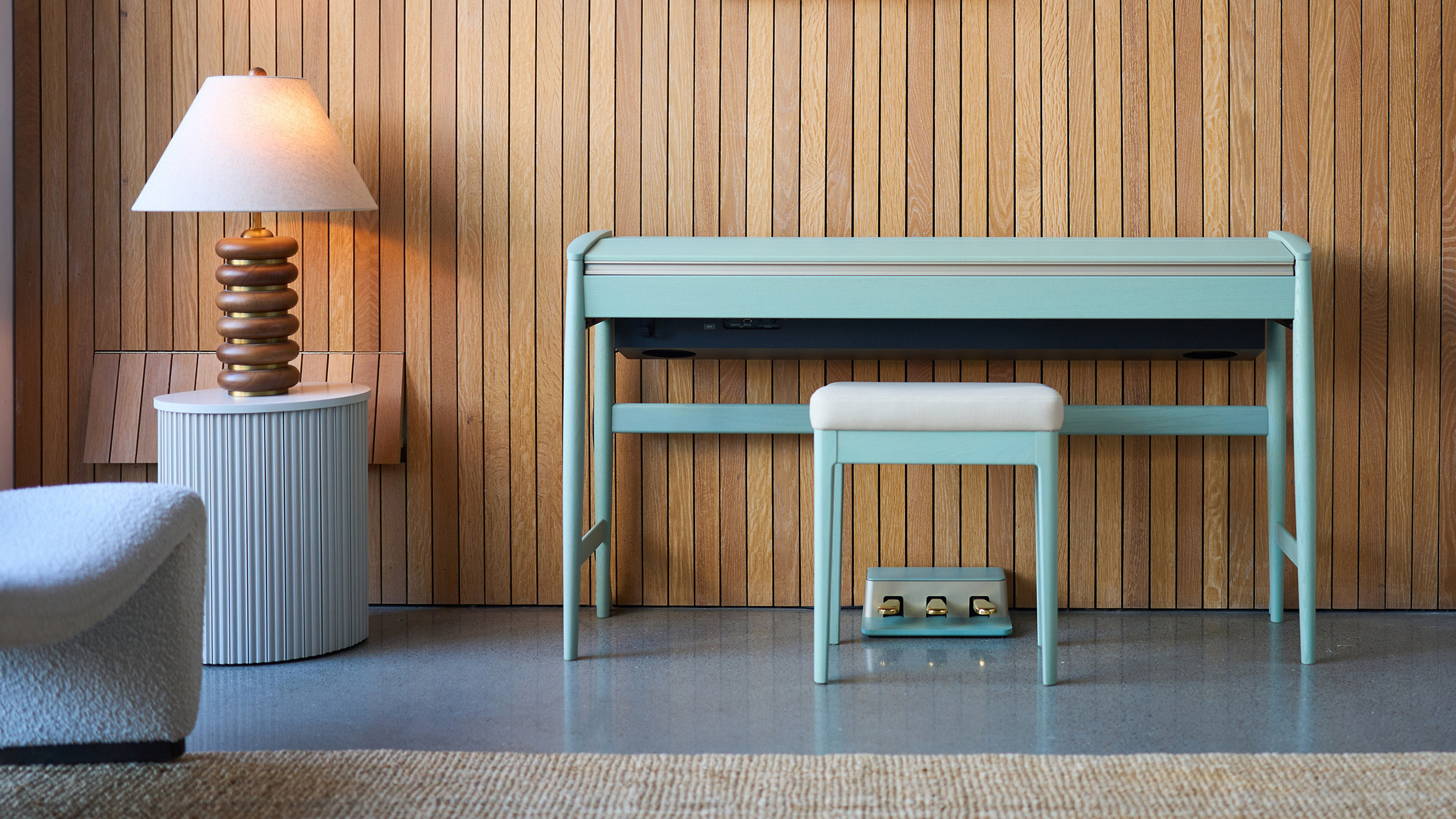 Roland and Karimoku expand their range of handcrafted Kiyola digital pianos
Roland and Karimoku expand their range of handcrafted Kiyola digital pianosThe new Roland KF-20 and KF-25 are the latest exquisitely crafted digital pianos from Roland, fusing traditional furniture-making methods with high-tech sound
-
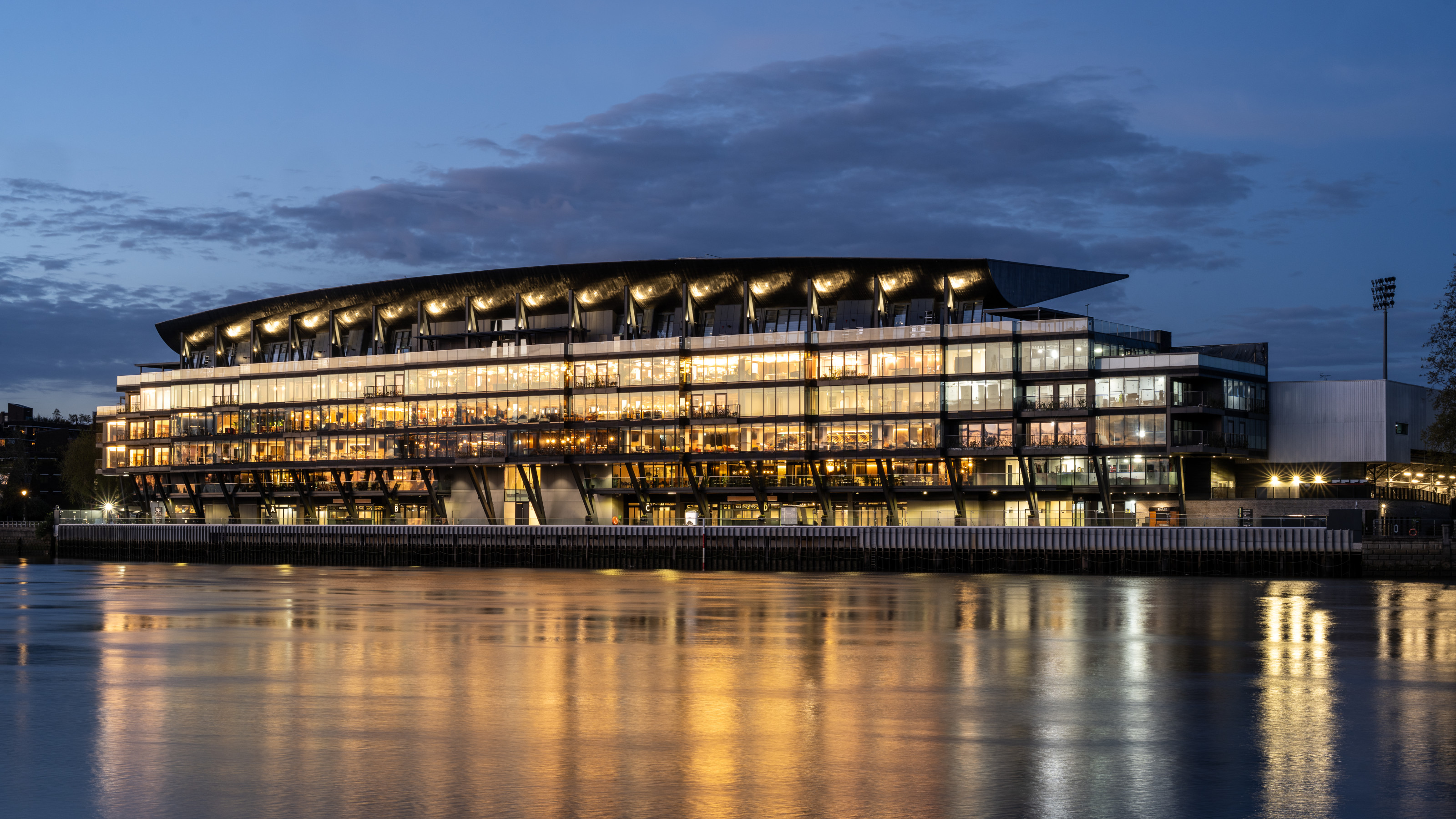 Fulham FC’s new Riverside Stand by Populous reshapes the match-day experience and beyond
Fulham FC’s new Riverside Stand by Populous reshapes the match-day experience and beyondPopulous has transformed Fulham FC’s image with a glamorous new stand, part of its mission to create the next generation of entertainment architecture, from London to Rome and Riyadh
-
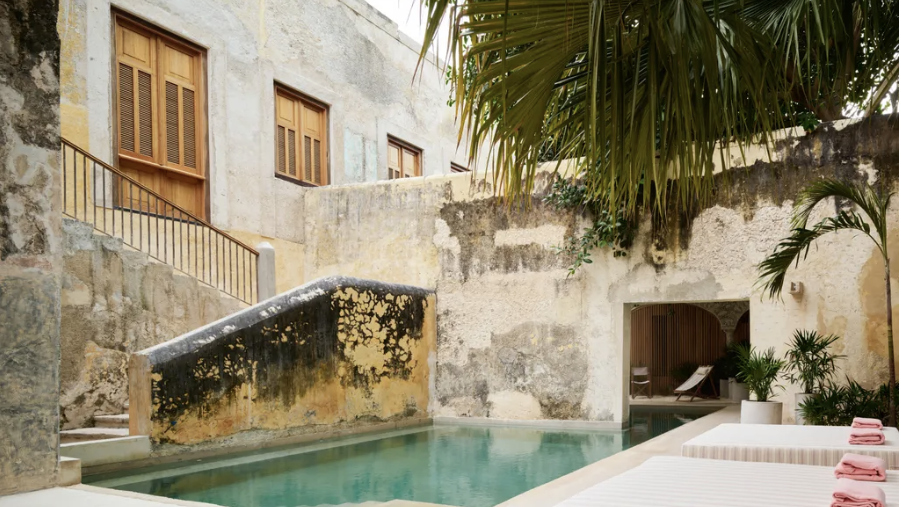 A contemporary Mexican hotel emerges from a 16th-century ruin in Mérida
A contemporary Mexican hotel emerges from a 16th-century ruin in MéridaA renovation project by Zeller & Moye, Mérida’s new Hotel Sevilla wears its architectural interventions lightly, mixing new brutalist elements into listed interiors and a palm-filled courtyard
-
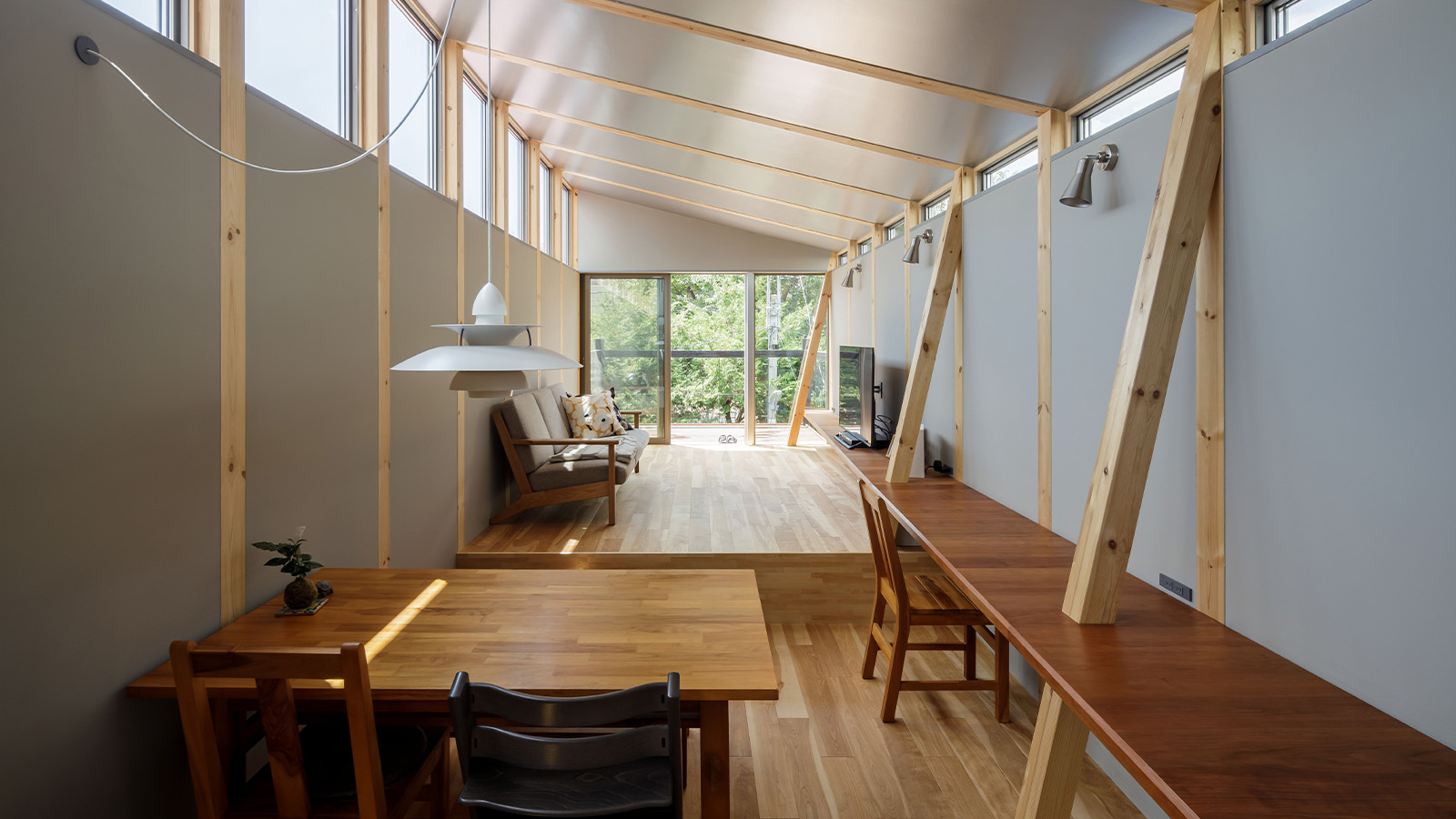 This Fukasawa house is a contemporary take on the traditional wooden architecture of Japan
This Fukasawa house is a contemporary take on the traditional wooden architecture of JapanDesigned by MIDW, a house nestled in the south-west Tokyo district features contrasting spaces united by the calming rhythm of structural timber beams
-
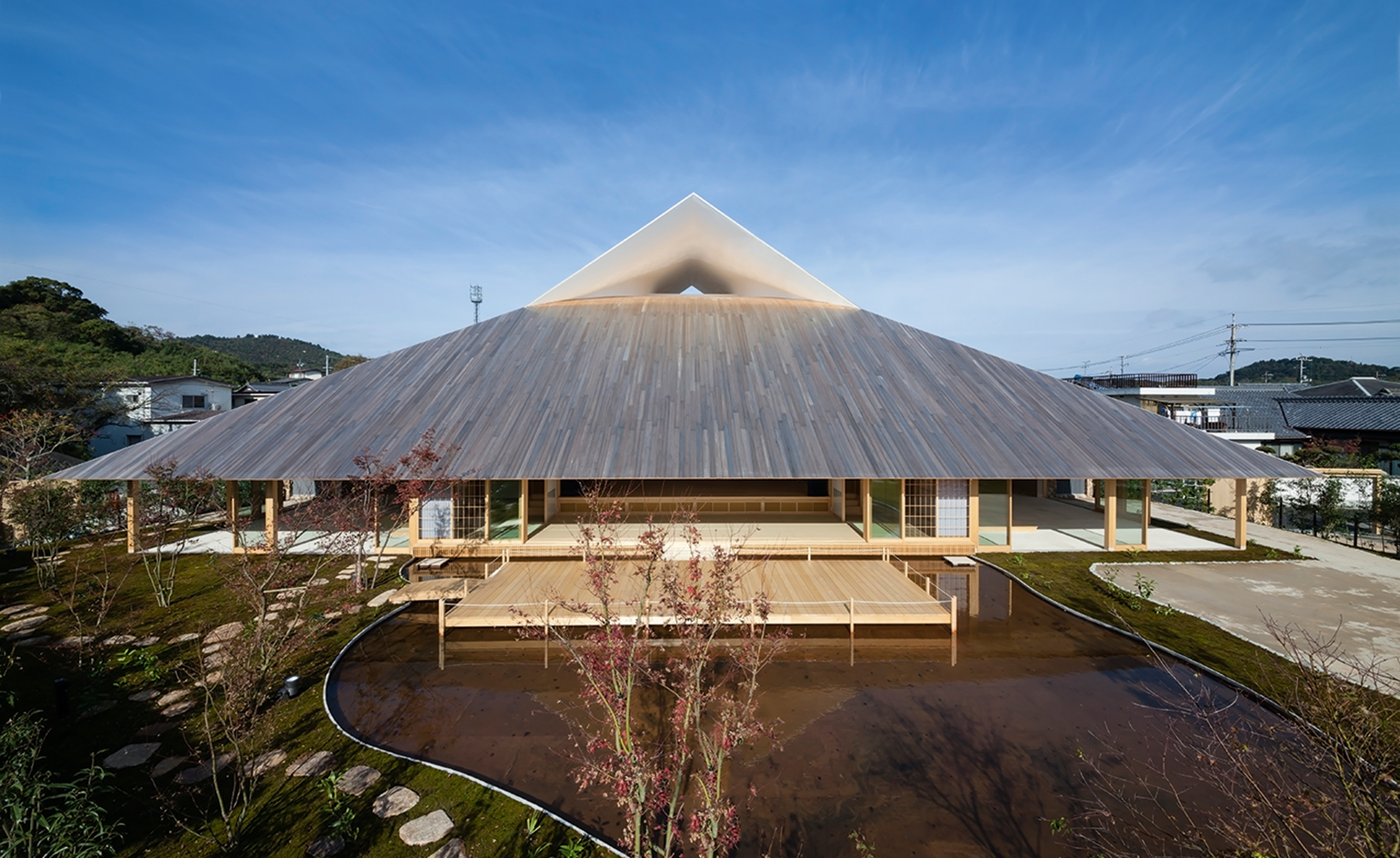 Take a tour of the 'architectural kingdom' of Japan
Take a tour of the 'architectural kingdom' of JapanJapan's Seto Inland Sea offers some of the finest architecture in the country – we tour its rich selection of contemporary buildings by some of the industry's biggest names
-
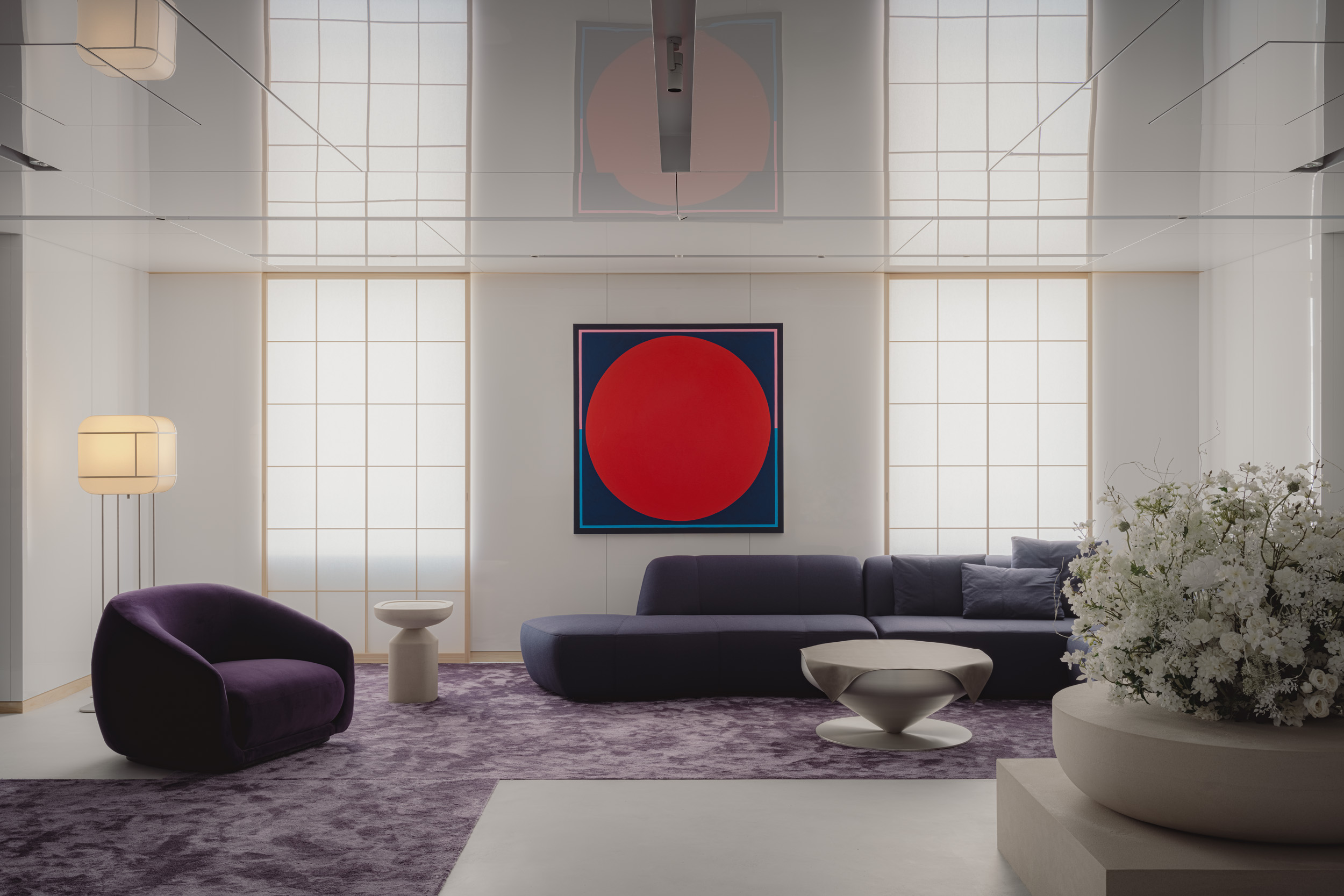 Matsuya Ginza lounge is a glossy haven at Tokyo’s century-old department store
Matsuya Ginza lounge is a glossy haven at Tokyo’s century-old department storeA new VIP lounge inside Tokyo’s Matsuya Ginza department store, designed by I-IN, balances modernity and elegance
-
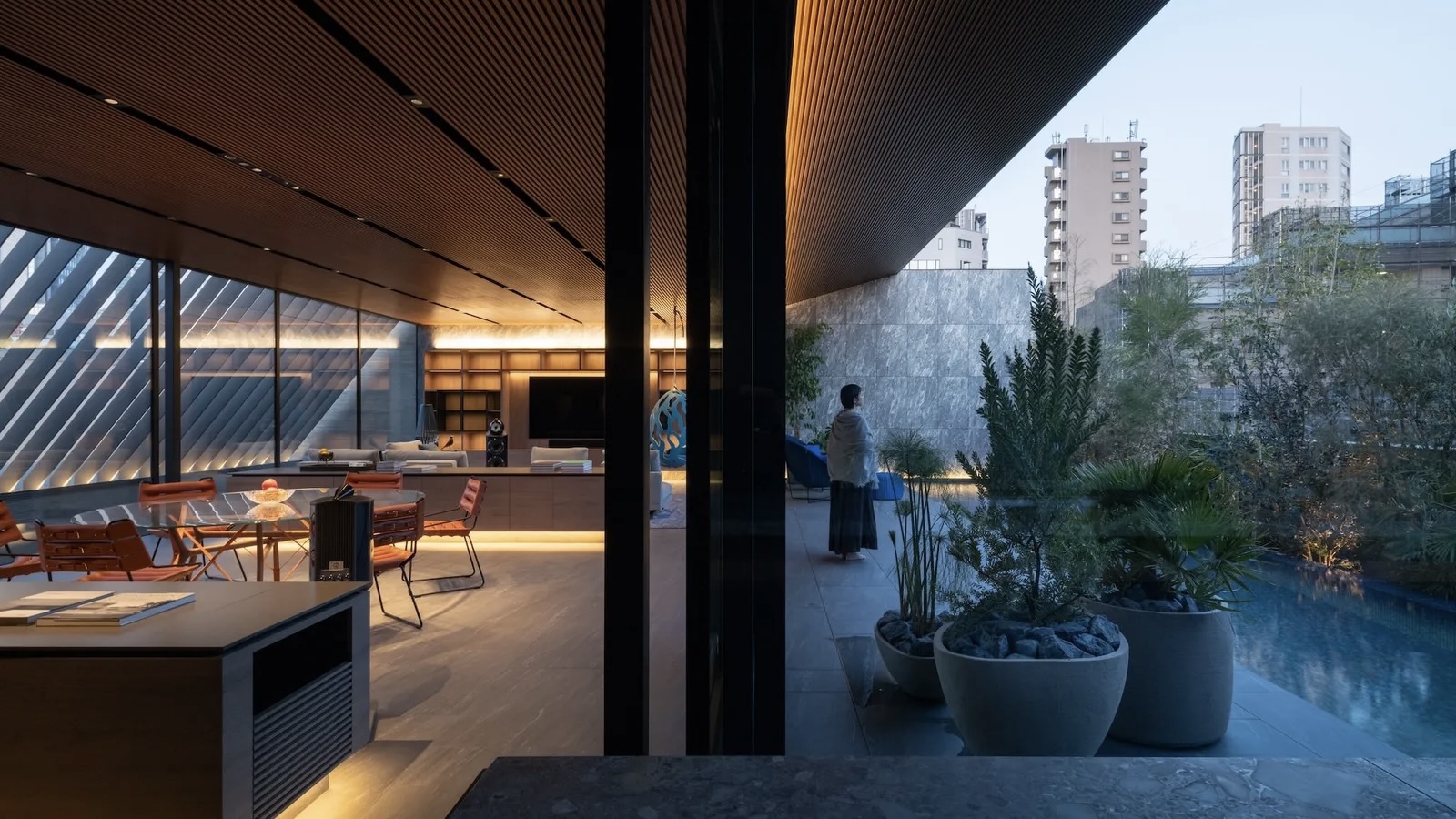 The Architecture Edit: Wallpaper’s houses of the month
The Architecture Edit: Wallpaper’s houses of the monthThis September, Wallpaper highlighted a striking mix of architecture – from iconic modernist homes newly up for sale to the dramatic transformation of a crumbling Scottish cottage. These are the projects that caught our eye
-
 Utopian, modular, futuristic: was Japanese Metabolism architecture's raddest movement?
Utopian, modular, futuristic: was Japanese Metabolism architecture's raddest movement?We take a deep dive into Japanese Metabolism, the pioneering and relatively short-lived 20th-century architecture movement with a worldwide impact; explore our ultimate guide
-
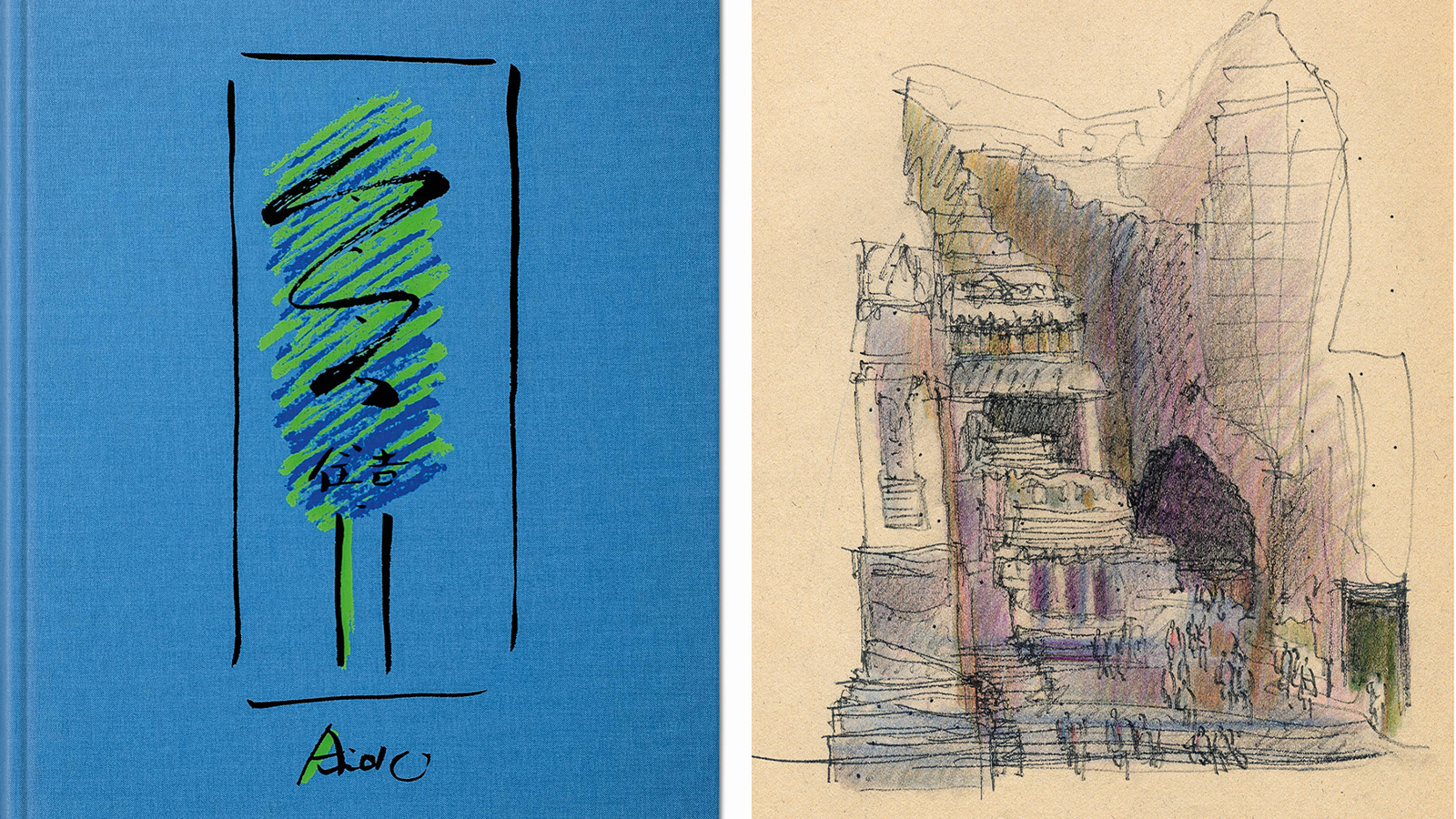 A new Tadao Ando monograph unveils the creative process guiding the architect's practice
A new Tadao Ando monograph unveils the creative process guiding the architect's practiceNew monograph ‘Tadao Ando. Sketches, Drawings, and Architecture’ by Taschen charts decades of creative work by the Japanese modernist master
-
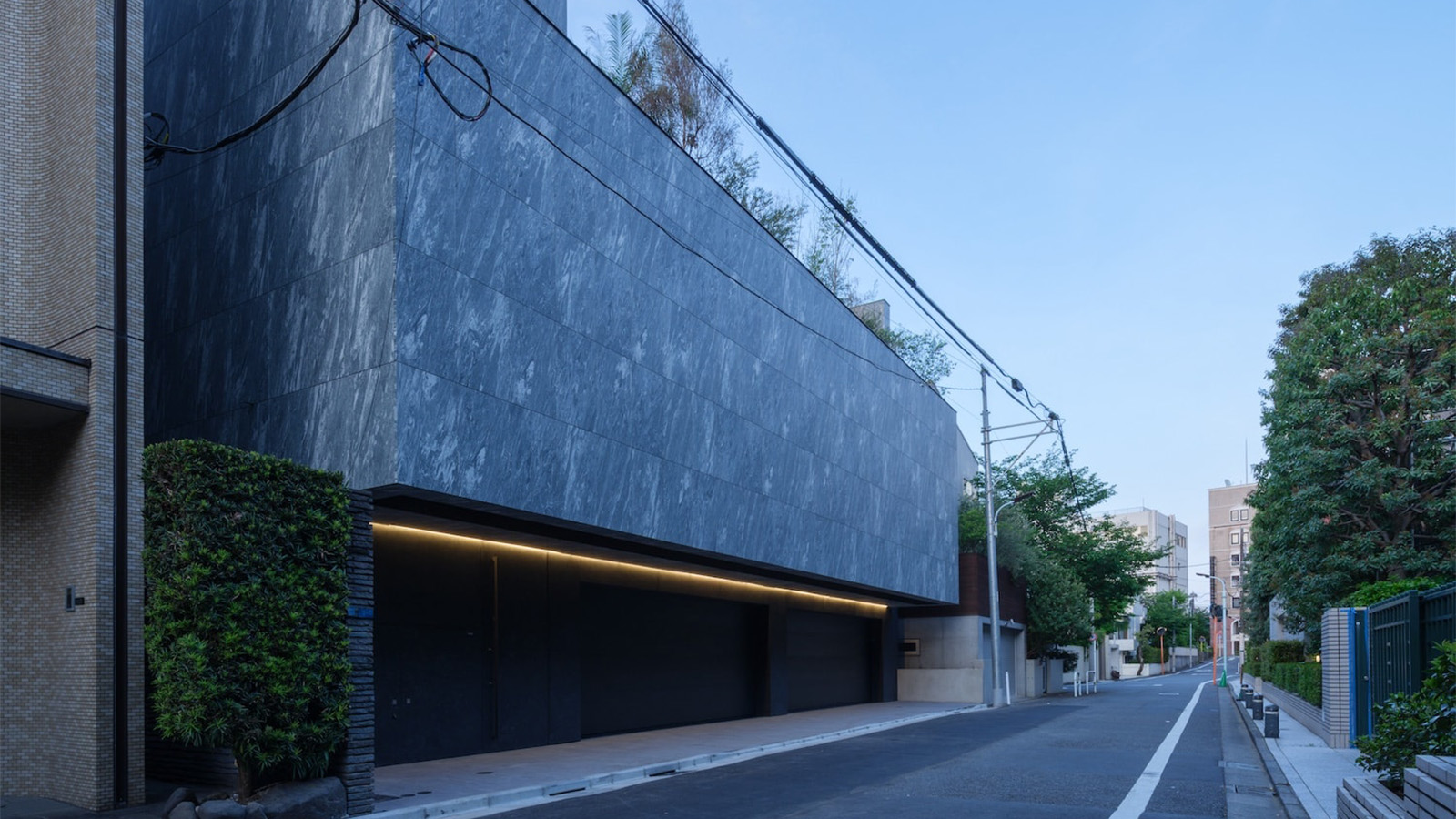 A Tokyo home’s mysterious, brutalist façade hides a secret urban retreat
A Tokyo home’s mysterious, brutalist façade hides a secret urban retreatDesigned by Apollo Architects, Tokyo home Stealth House evokes the feeling of a secluded resort, packaged up neatly into a private residence
-
 Landscape architect Taichi Saito: ‘I hope to create gentle landscapes that allow people’s hearts to feel at ease’
Landscape architect Taichi Saito: ‘I hope to create gentle landscapes that allow people’s hearts to feel at ease’We meet Taichi Saito and his 'gentle' landscapes, as the Japanese designer discusses his desire for a 'deep and meaningful' connection between humans and the natural world